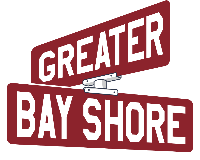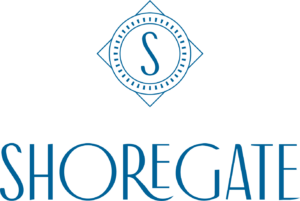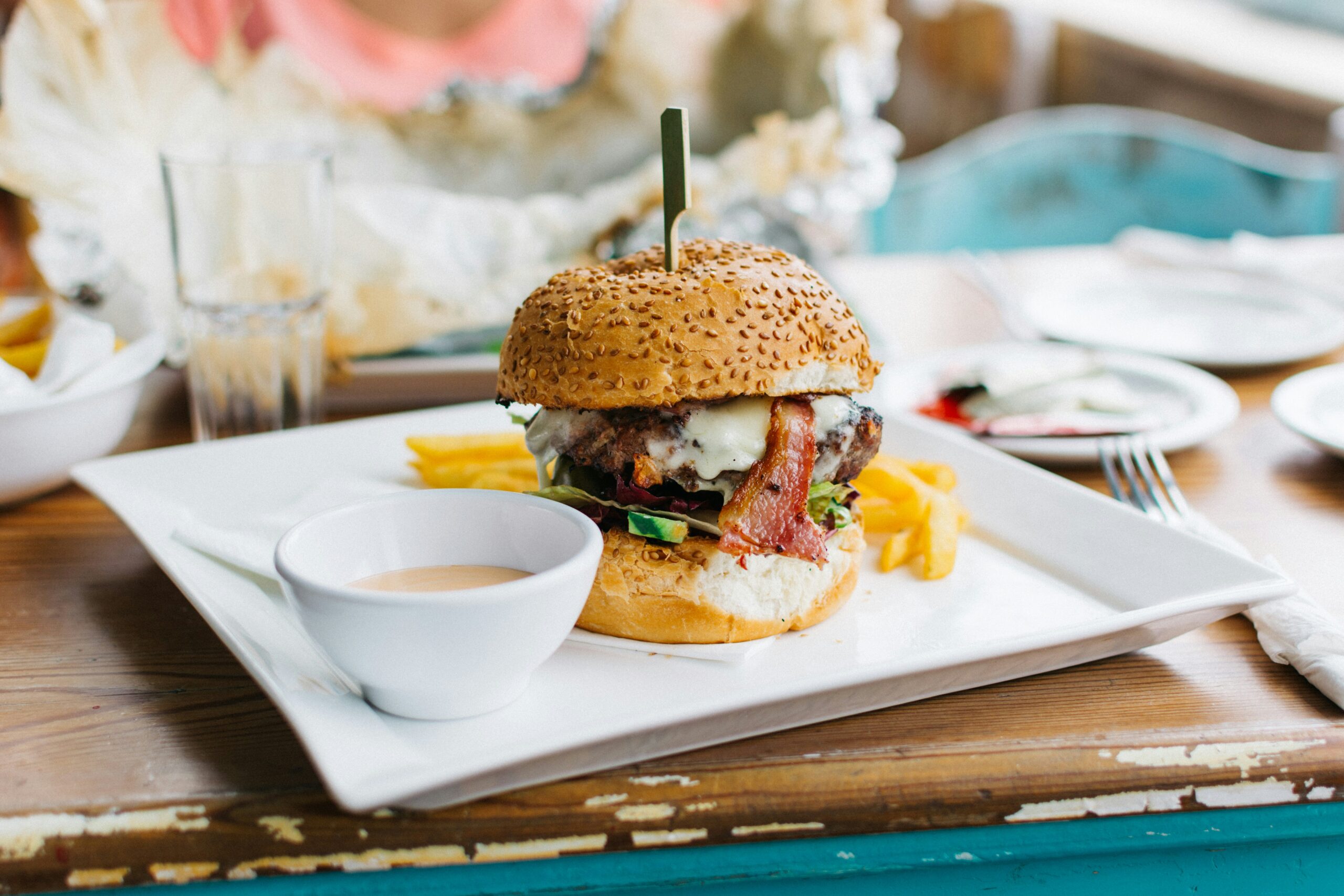
Greater Bay Shore coverage is funded in part by Shoregate, now leasing brand-new premium apartment homes in the heart of Bay Shore. Click here to schedule a tour.
By Christopher Verga | Gun battles between rum runners and the Coast Guard echoing through a silent night.
Gangsters administering what laws to enforce through a series of bribes.
These are not the scenes of a movie but the reality of a Prohibition Era South Shore.
Similar to an opening scene of a James Cagney movie, shadowy armed men stand guard in the cover of darkness on a Fire Island beach. Accompanying them are two rowboats waiting for 250 cases of liquor bound for the Bay Shore or Patchogue ports before daybreak.
Prior to this night, Hell’s Kitchen gangster and sports owner, William “Big Bill” Dwyer, bribed the Coast Guard, local government officials and businessmen to secure safe passage of his illegal hooch.
By 1923, Big Bill has had full control on what is called Rum Row.
Rum Row encompasses the South Shore of Long Island and has become a challenge to the enforcement of the Volstead Act, which criminalized the sale of alcohol.
Before dawn approaches there will be an unexpected twist to Big Bill’s plans.
The fog off the horizon echoed with the sound of gunshots. As the fog cleared and the boat came closer, Treasury agents and Coast Guardsmen stormed the vessel loaded with the illegal cargo.
As members of the crew jumped from the boat to swim to shore, agents waited in the stillness of the dark shore to take them into custody. The agents examining the boat, the Maud F., are surprised at the advanced technology. The boat is equipped with 300-horseLliberty motors and an additional 30,000 dollars in upgrades to secure the boat from sinking if hit with high caliber guns.
Similar to many of the rum running boats along rum row, the authorities suspected the boat was built by Scopinich boatyard in Freeport. The 250-case seizure is small in comparison to the average shipment of 750 cases, but the bust gives needed insight into smuggling operations.
The success of this bust and others to come was due to an internal investigation.
On December 24, 1924, suspicion arose among the federal authorities that commanding officers Percy Arnold of the Jones Beach Coast Guard Station and John Seaman of the Life Saving Service might be involved with accepting bribes and guiding rum runners to safety.
Both men were relieved of their duties and this became the beginning of the end for Big Bill’s Rum Row. Treasury Agents Arthur Schreyer and Bruce Blelaski had infiltrated the Bay Shore’s rum row operations.
Undercover operations concluded that baymen, such as unemployed fishermen, and residents on or around the bay, were subsidizing their income through activities and proceeds of rum row. This money helped fill the void during sluggish fishing seasons.
On December 5, 1933 the perception of rum running and Prohibition became a victim of changing societal beliefs. Big Bill was eventually arrested and convicted for bribing public officials. After serving his time, he tried repairing his reputation from rum running by purchasing National Hockey league teams in an attempt to build a sports empire.
These investments failed and William “Big Bill” Dwyer died broke in December 1946. The subculture created by characters such as Big Bill and the underground economy became part of popular storylines that are still romanticized today in gangster movies and spur our fascination within the dark side of capitalism.
The aerial photo of Rum Rown from 1926 comes courtesy of the Bay Shore Historical Society.
Story sources:
-Funderburg Anne, Rumrunners: Liquor Smugglers on America’s Coasts, 1920-1933 McFarland & Co Inc (2016)
-Brooklyn Daily Eagle
























